It is located in Western Asia in the Middle East bordered by Syria on the North and East, the Mediterranean Sea on the West, and Israel on the South. It is a small country with most of its cities located on the coast. Lebanon’s capital is the city of Beirut.

Even though Lebanon is a small country, only 10400 square kilometers, it has a very rich and ancient cultural background well worth its visit. It is a very young country; it gained independence only in 1043.
Unfortunately the ongoing tensions between Israel and Lebanon, also known as the South Lebanon conflict, have resulted in a number of military confrontations involving Israel. In 2024 the conflict has escalated and my heart goes out to all of the wonderful people I met in that beautiful place

Lebanon is one of my favorite countries in the world with such an interesting mix of backgrounds, history, and cultures.

Lebanon as of today in 2022 has around 7 million people together with over 1.5 million refugees from Syria and Palestine.
FACTS ABOUT LEBANON
On August 4th, 2020 a big tragedy hit Lebanon; a deadly explosion that killed 218 people dead, almost 7,000 injured and over 300,000 people homeless.

The Explosion in Beirut in 2020
A couple of fires started at Beirut’s port which ignited the ammonium nitrate that was stored dangerously at the port and should not have been there. The explosion felt like an earthquake which was heard and felt in surrounding countries such as Israel, Syria, and Jordan among others.

I heard different stories about the causes of the explosion from people in Lebanon that are not the cause ones we all know. Regardless of the “real reason” why it exploded, the explosion caused unforgivable deaths, and hurt the country and its people beyond measure.

Corruption and Financial Crisis

It is uncomfortable to point directly to Lebanon as a corrupt country. I have traveled and lived in different nations, and in all of them experienced some kind of corruption. (in ALL). Corruption is basically the abuse of power to obtain benefits in an illicit manner; in a nutshell; it is being dishonest. Now why there is corruption? the causes can be many: lack of law, paternalism, bureaucracy, failure of government, bribes in transactions, etc.
All in all, years of the Lebanese Civil War (1985-1990 armed conflict) and corruption have hurt this country for many years and folks are tired of it. The explosion in 2020 has been a catalyst to highlight the endemic magnitude of the problem in Lebanon.
🆃🅷🅴🆁🅴 🅸🆂 🅽🅾 🅴🅻🅴🅲🆃🆁🅸🅲🅸🆃🆈 🅱🅴🆃🆆🅴🅴🅽 12 🅰🅼
🅰🅽🅳 6 🅰🅼 🅸🅽 🅱🅴🅸🆁🆄🆃 (date September 2022)
𝐑𝐄𝐋𝐈𝐆𝐈𝐎𝐍/𝐅𝐀𝐈𝐓𝐇
The country seems to be quite divided among religions, at least it is a perception for us who are not from the region. Muslims are around 60% (mostly Shias, Sunni, and Druze) and Christians 40% of its people. As of today, 50% of Iraqi refugees in Lebanon are Christian.

Christians in Lebanon are the largest Christian population in the whole Middle East. There are plenty of religious icons and mausoleums (small and large) in the Christian areas, this is quite distinct and different from any other Middle Eastern country.

I stayed in a Christian and later a Muslim area of Beirut and I was incredibly welcomed in both! I so love Lebanon!!!
Arab Identity: Arab or no Arab
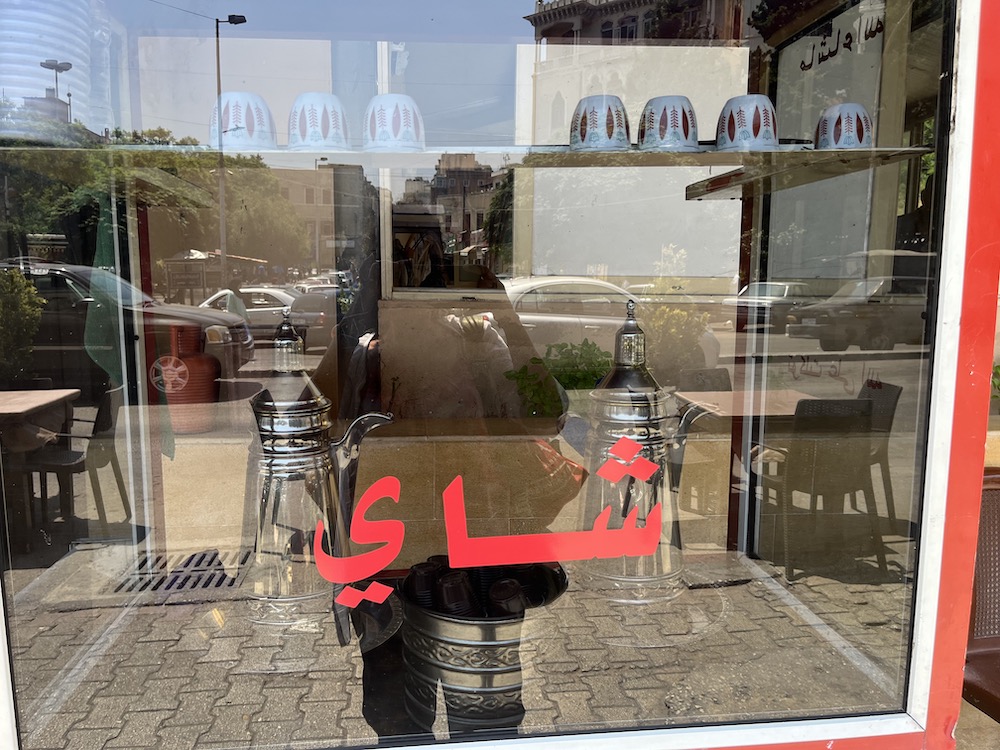
It is important to remember that Lebanon as the territory we know today was created only in 1920. Ethnically, Lebanese people are a mix of Phoenicians, Greeks, Armenians, etc. During the 7th Century, Arabian conquerors arrived in what is today Lebanon. Some (only some) Christians do not consider themselves very Arab, and this has been an argument I heard talking to Muslim and Christian Lebanese. Besides their ethnicity, the region used to speak Aramaic and no Arabic. Lebanese language is Levantine with a mix of Arab and French. Arabic is the official language of the country, although 40% of the population speaks French.

All in all, Lebanon is a Member of the Arab League, which is a political alliance of the Middle East… So you can come up with your own conclusions; it is complicated! People should feel what they feel, nobody can impose anything on anyone because a feeling comes from people’s hearts.
Refugees
Lebanon is known for its long-standing tradition of welcoming refugees, (well not sure if they are always welcomed) currently hosting one of the highest refugee populations globally. With over 1.5 million Syrian refugees residing in Lebanon, along with thousands from various other countries, the nation continues to provide sanctuary to those in need. Armenians, who sought refuge from genocide at the hands of the Ottoman Empire during World War I, initially settled in makeshift communities. Despite their tragic past, Armenians have integrated into Lebanese society over the centuries, becoming a thriving and esteemed community in the country.

🅻🅴🅱🅰🅽🅴🆂🅴 🅳🅸🅰🆂🅿🅾🆁🅰

There are more Lebanese people living outside of Lebanon than in Lebanon. This is a large number of Lebanese-born and Lebanese descendants living abroad; counting these two groups to date, there are 5 to 14 million Lebanese living outside of Lebanon. Most of the Lebanese living abroad are Christians. Historically, the Lebanese left because they were prosecuted and oppressed by the Ottoman Empire and attacked by Duze Muslims for being Christians. Another large wave of Lebanese migration was followed by the famine of War World I and the French authorities. Migration again happened in large numbers during the Civil War (1975-1990) and migration continued and is still going on today.
𝕄𝕀𝕃𝕀𝕋𝔸ℝ𝕐 ℙℝ𝔼𝕊𝔼ℕℂ𝔼
The military presence has been for decades something that Lebanon had to face. Civil War, Coup d’Etat, Economic collapse, Palestinian unrest, Syrian Civil War spillover, Islamist Militants, Wars with Israel. All conflict.

˜”°•.˜”°• No desert and no camels and Snow! •°”˜.•°”˜

Lebanon does not fit the stereotype of a Middle Eastern country because it has no deserts or camels! It does have snow with ski season being from mid-December to April. There is even snow at the top of Mount Hermon during the summertime on the border with Syria.
Lebanon Exports Pearls!

Yes, pearls are one of the main exports in Lebanon together with precious stones and metals. No wonder there are so many jewelry stores around Lebanon.
Arak Drink

it is a traditional Lebanese alcoholic drink, colorless and anise-flavored. Arak is served in small glasses and it is the traditional Lebanese drink. There are regulations about what can be qualified as Arak and its base is that it must come from white grapes, be distilled three times, and kept at least a year in clay. Cheers!
𝐎𝐥𝐢𝐯𝐞 𝐎𝐢𝐥
Growing its exports numbers each year, Lebanese olive oil and it is one of Lebanon’s main exports.

A bit different from other Arab nations (no better no worse, just different)

Why? well, if you have visited several Arab nations, you will notice the following that is not generally seen in the rest of the Arab region:
– Clubbing and dance parties out in the open
-Bikinis and micro-swimsuits at the beach worn by Lebanese and not foreigners alone
-Clothing in general looks Western, worn by non-Muslims who are a larger percentage of people than in any other country in the Arab World
-Alcohol consumption: buying alcohol at stores, going to bars, and having a drink is common here
-Open to Western ways of life: probably because of the ruling of France for so many years and the exodus of so many Lebanese living in the Western World, who visit Lebanon, often bringing with them their “Western” lifestyle.
𝕬𝖓𝖈𝖎𝖊𝖓𝖙 𝕾𝖎𝖙𝖊𝖘 𝕲𝖆𝖑𝖔𝖗𝖊

Lebanon is full of rich ancient history from the beginning of time. There is evidence of tools found in caves in Lebanon that date back to 50,000 BC!!! In the Levant region Phoenicians (around 4000 BC), Greeks (around 333 to 64 BC), and Romans (64 BC to 600 AD). Later Arabs, Abbasids, Crusaders, and Mamluks were all there. As a consequence, there are plenty of historical sites, but 5 are considered World UNESCO Heritage sites. Baalbek, Byblos, Tyre and Anjar. There are other sites that are totally worth visiting and are not UNESCO sites. History buffs get ready to get “stuffed” here!
♥ Flatbread ♥ (manoush)

It is a middle Eastern thin pita bread style (thinner and “crustier”) called Zataar manoush. The zataar (spice) is a perfect blend of spices which is a mix of thyme, sumac, sesame, etc. Spices in Lebanon taste amazing and in my opinion, much better than in the western world b far.
The flatbread has many varieties besides the one with zataar; it can have beef, cheese, basil and cherry tomatoes, etc. All absolutely delicious, and I did not pass any place where they made it that I did not try:-))) it is truly made to perfection. I can attest that I gained a few well-deserved kilos. I can’t wait to get back there in a few months!!
♥ Kindness ♥
By far mainstream Lebanese are some of the kindest people I have ever met in my life. I travel on a budget and mingle with locals so I feel very confident about my statement. Lebanese are polite and generous and it is a wonderful trademark of these amazing people. I know there are good and bad everywhere, I have been “around” a bit, trust me! On my travels here I was shown plenty of acts of kindness from very humble folks. شكرا !!
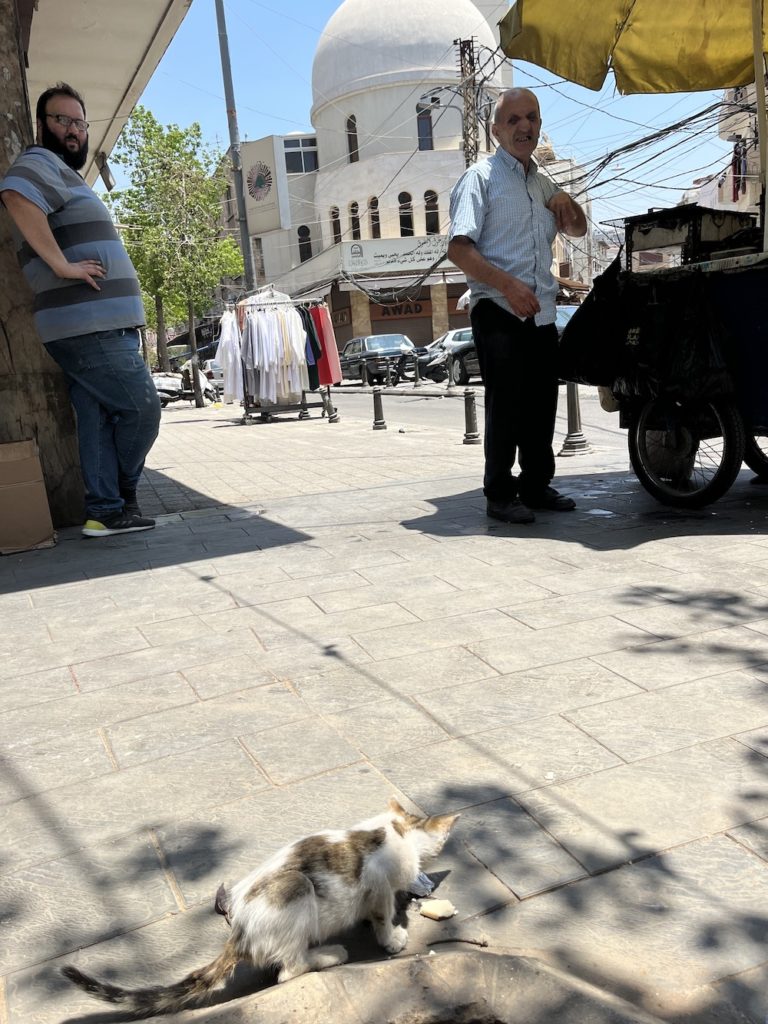

𝐓𝐫𝐚𝐧𝐬𝐩𝐨𝐫𝐭𝐚𝐭𝐢𝐨𝐧
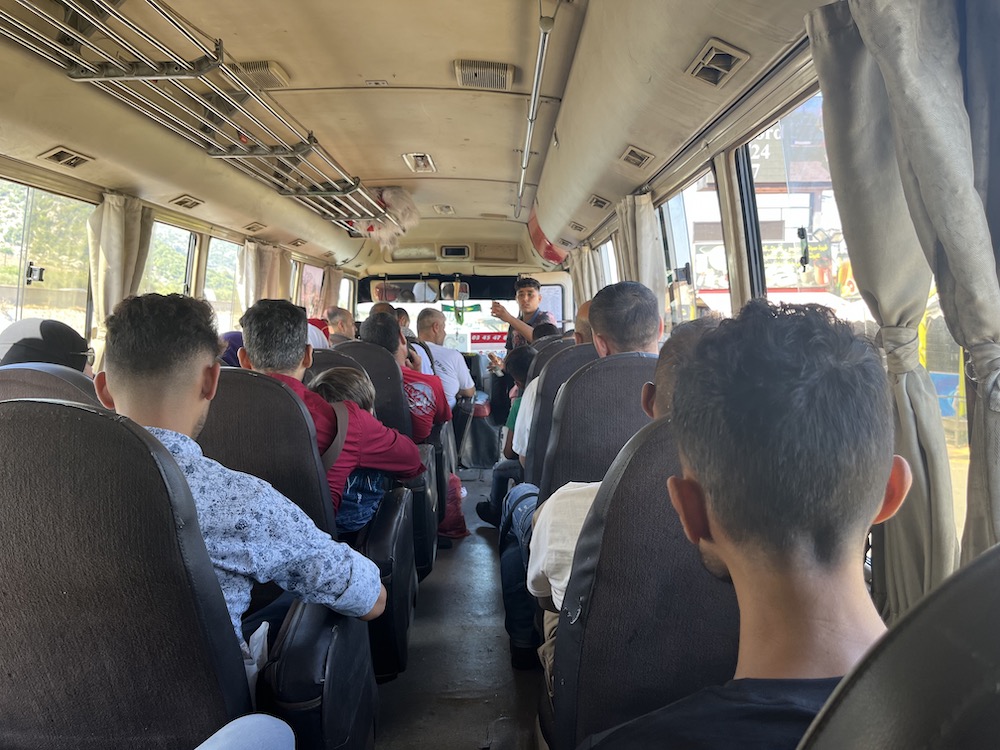
Lebanon is a very small country, with only 10,452 square kilometers (4,036 sq mi) it’s easy to get around the country. Most tourists take there are big buses, taxis, Uber, Allo taxis, etc to travel around the country. Microbuses, and vans, are all available to take people places and these are my preferred mean of transportation when I travel. Choose what makes you feel safe!
BEIRUT, Capital of Lebanon

In Arabic called Bayrūt, it is the capital city of the country with a metro area population of around 3 million people. It is located on the Mediterranean Coast and it has a wonderful mix of Western and Middle Eastern lifestyles. It has such a rich history with remnants discovered that age back over 5,000 years! An important point of trade and cultural exchange, the name Beirut dates back to the New Kingdom of Egypt in the 14th Century BC. Lots of history and beauty are encapsulated in one city.
A great way to explore a city, at least one of my faves, is by taking a “free” walking tour. A walking tour is a tour around a portion of the city with a knowledgeable guide who describes places, stories, and important sites. The walking tour is obviously not free rather you give what you think the tour was worth paying for and in this case, it was worth my mentioning it (I have not been sponsored or given a free ticket to mention Karim on my site). I learned a lot on this tour and I was able to ask plenty of questions on a very hot July day! You can book your walking tour here:

The monument above commemorates the hanging of Lebanese and Arab patriots who were against the invasion and rule of the Ottoman Empire during World War I.
tourbeirut.com/freetour. Besides the walking tours, Karim does other tours and trips

It is one of the oldest cities in the entire world!


National Museum of Beirut
★・・★ A GREAT PLACE TO LEARN ABOUT LEBANON’S HISTORY ★・・★


It is the main museum of Lebanon’s archeology (the study of human history). I was impressed by this museum, it showcases exhibits from pre-history until the Ottoman Empire. It is massive! it has an amazing display of artifacts from different ancient civilizations and with easy-to-understand layouts and descriptions. I learned so much here and it is so much easier, as a practitioner and teacher of experiential learning, to be “face to face” with different civilizations through time. There is information about how the curators saved pieces for this wonderful history vault. A MUST!!!

˜”°•.˜”°• NEIGHBORHOODS/AREAS TO VISIT OR TO LIVE IN BEIRUT •°”˜.•°”˜
Badaro
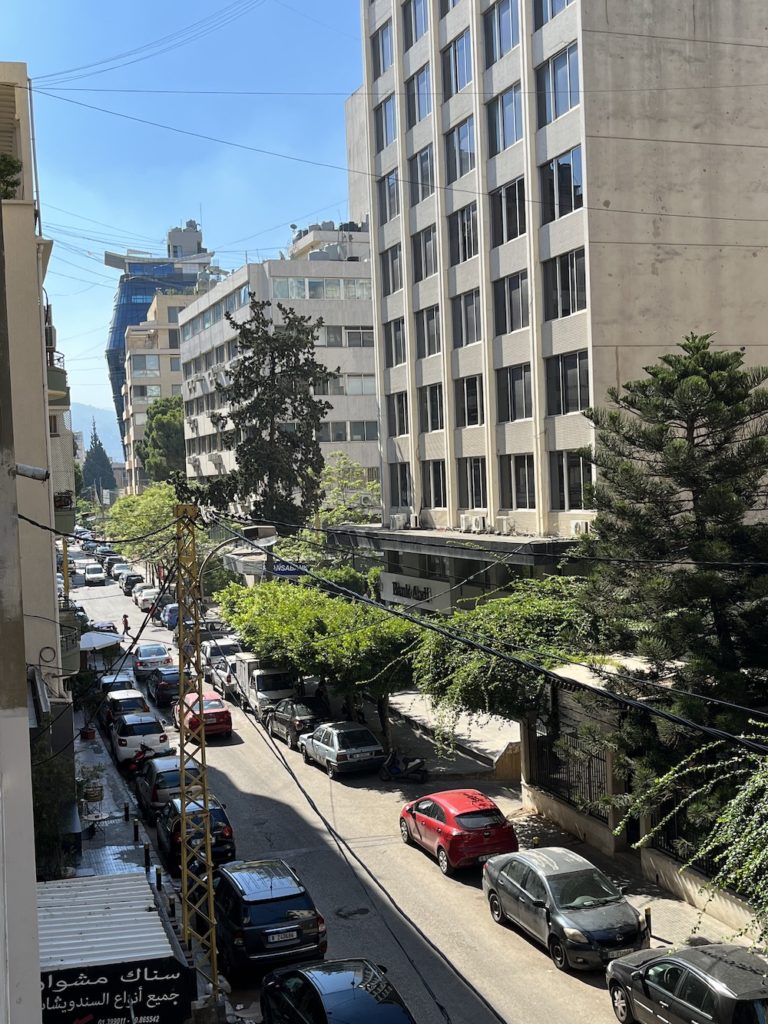
It is a residential neighborhood in the middle of the city. Badaro is now a major nightlife hot spot with cafes, bars, pubs, restaurants, and shops. I lived with a fantastic family there and I loved the place and how safe it felt.
Restaurants and great nightlife

More Badaro…
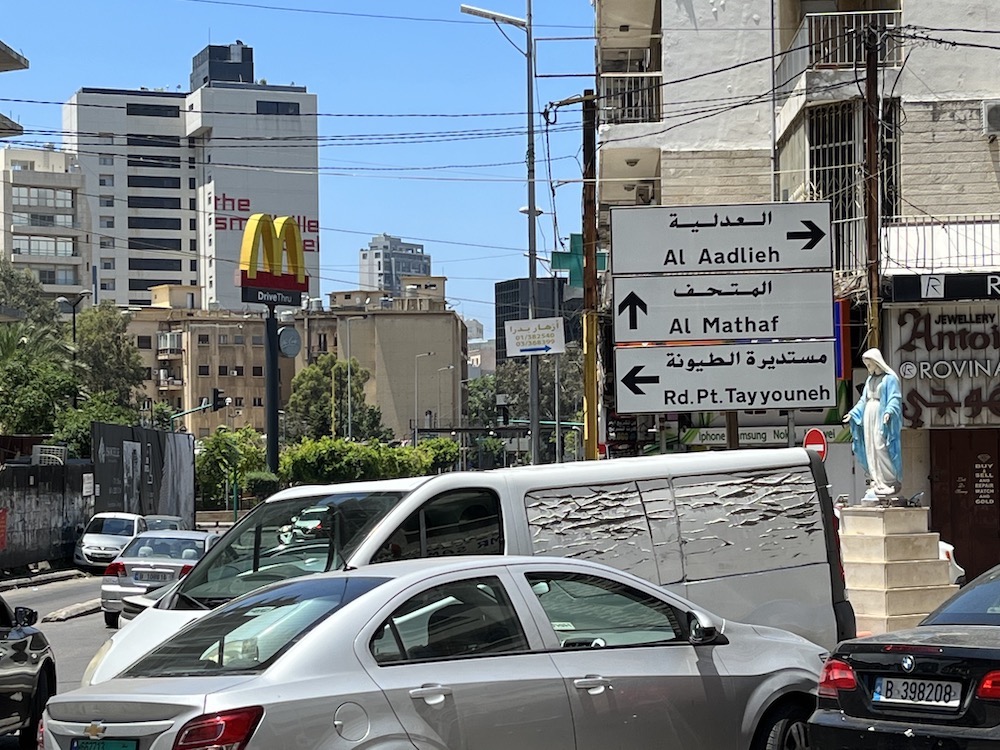
Hamra
Hamra street is located on the western side of Beirut. It is a lively place, a major commercial district, and a shopping place for many in Beirut. The American University of Beirut and the Lebanese American University are both located there.
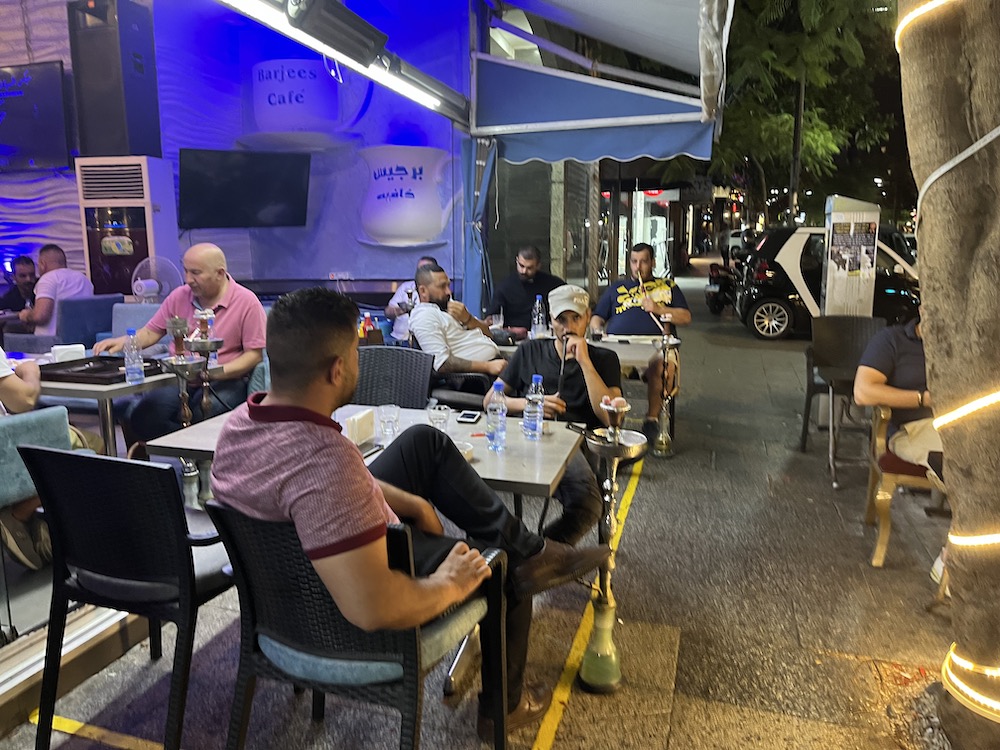
Hamra is one of the most diverse and multicultural places in Beirut, with high ed places and very precarious living conditions. Unfortunately, it is easy to see the big inequality in the place.
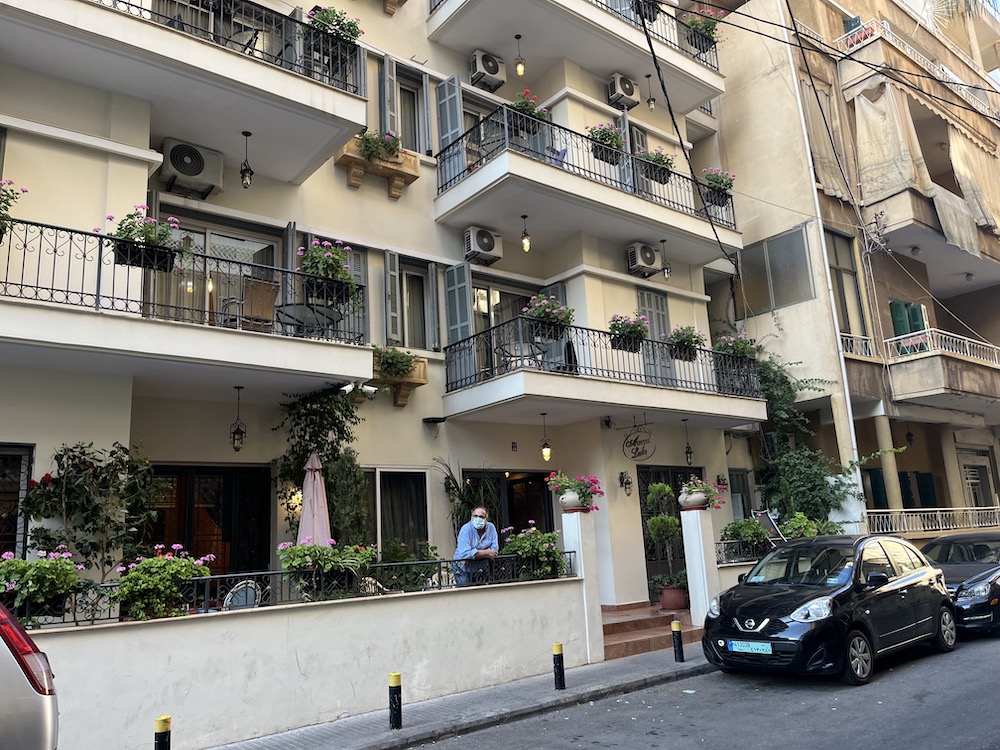
Bourj Hammoud
This is an area on the outskirts of the city, in the Northeast. It is also known as the Armenian neighborhood because Armenians who could escape their genocide (1915-1923) and later sought refuge from the Lebanese Civil War and other conflicts, established their community in Bourj Hammoud.

Today the neighborhood is more diverse with Armenians and other Christian Syrians, Kurds, and other groups living there.

Many signs and shops still portray the Armenian community lifestyle there. A great place!!

It is a residential and commercial area with less expensive clothing shops, jewelry shops, and other stores.

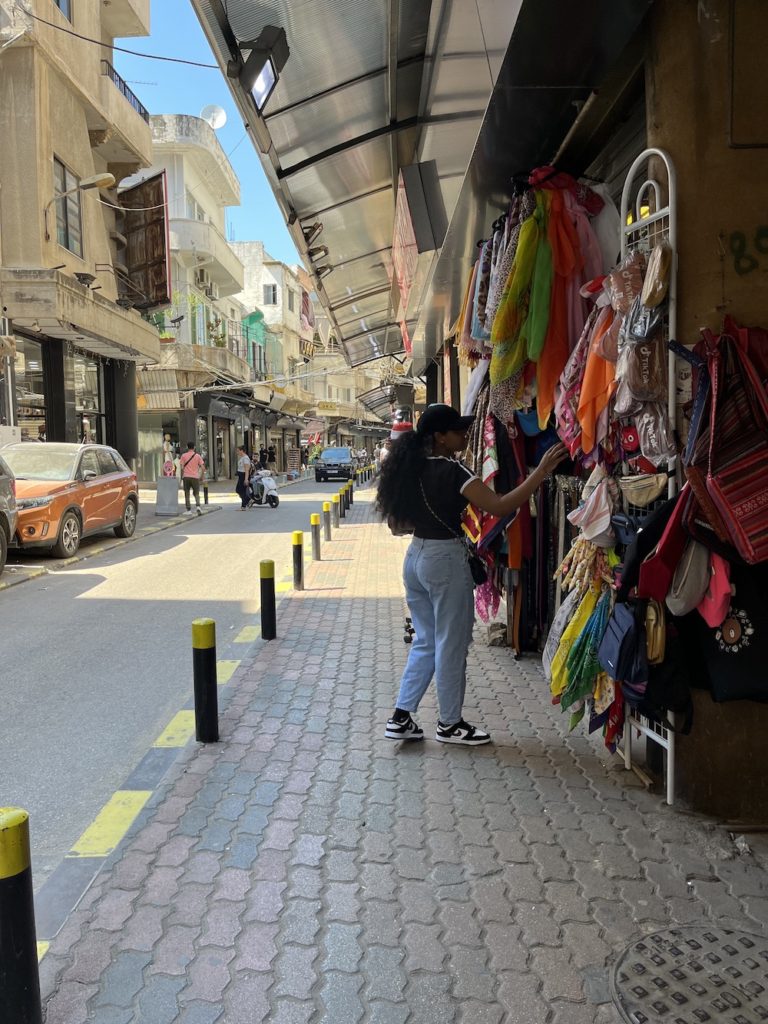
A “must” do in Bourj Hammoud is to eat at an Armenian restaurant, great authentic cuisine is offered here.
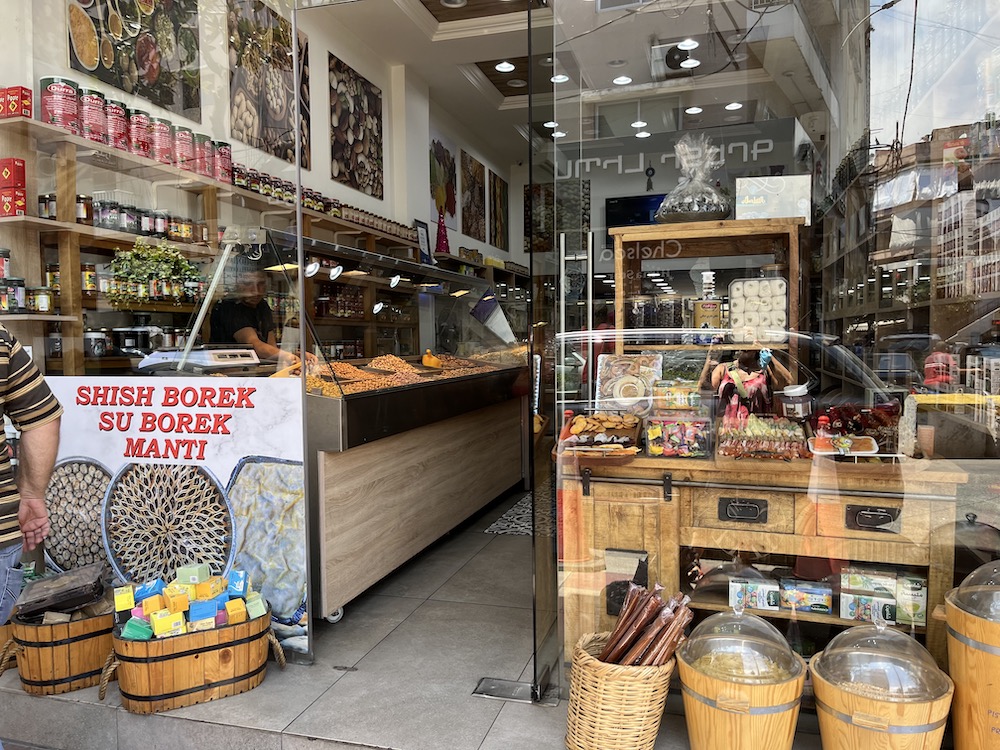
Sodeco/ Achrafieh
It is located in the middle of Beirut and it is a business and residential area. It is the place of sodeco square which is a commercial district.

You can find here St. Joseph’s University of Beirut, the Bei Beirut, the Nicolas Ibrahim Sursock and National Museums.


This is truly a beautiful piece of art, a painted tree made of steeldedicated to the victim’s of the tragic famine that killed half of the population of Beirut and Mount Lebanon.
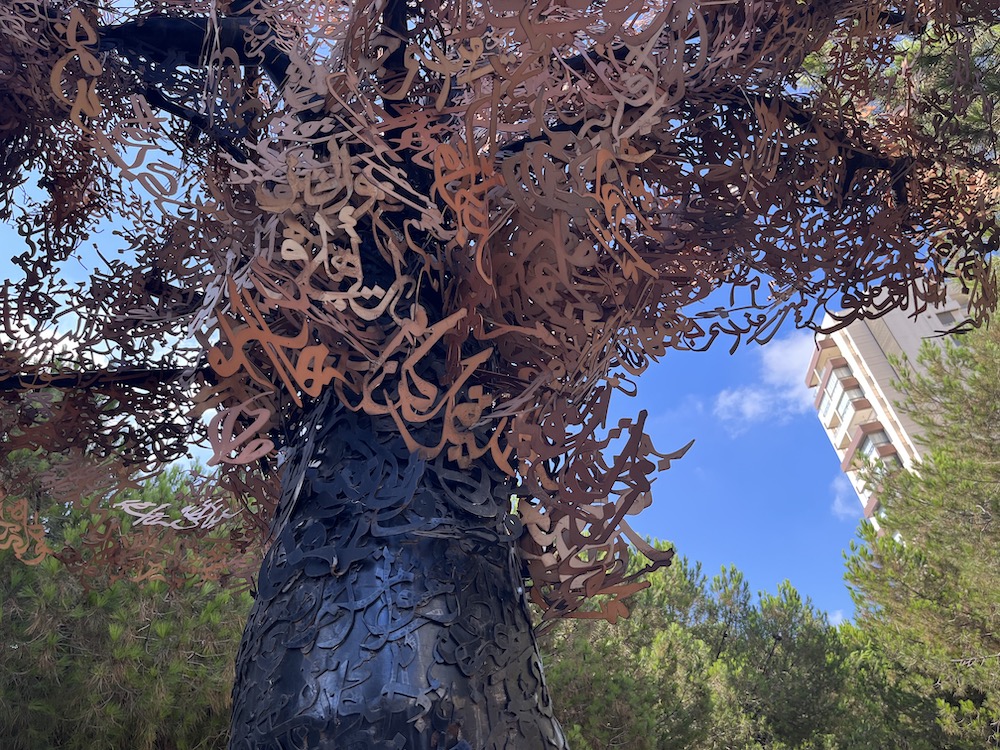
The tree has writings in Arabic calligraphy, instead of leaves. The works are from writers of the time. It is truly spectacular.

It is interesting to see in the area very affluent residential buildings and simpler accommodations.
THESE JUST ARE SOME OF THE MANY PLACES TO VENTURE IN BEIRUT
🄾🅃🄷🄴🅁 🄲🄸🅃🄸🄴🅂
BATROUN
This is one of the oldest cities in the world. It dates back to 1500-300 BC way before the Phoenicians were rulers of the Eastern portion of the Mediterranean sea.


Batroun was one of the most important Phoenician cities in the region. The Phoenician wall, started as a natural wall that the Phoenicians made stronger with rocks and more sand.

The Maronite Catholic Eparchy of Batroun is one of the most important in the region.

Batroun has plenty of cultural activities such as concerts and plays by the Main Church., most of its inhabitants are Christian.

Everyday life shows Batroun’s mostly Christian faith although there is a large Moslem population.
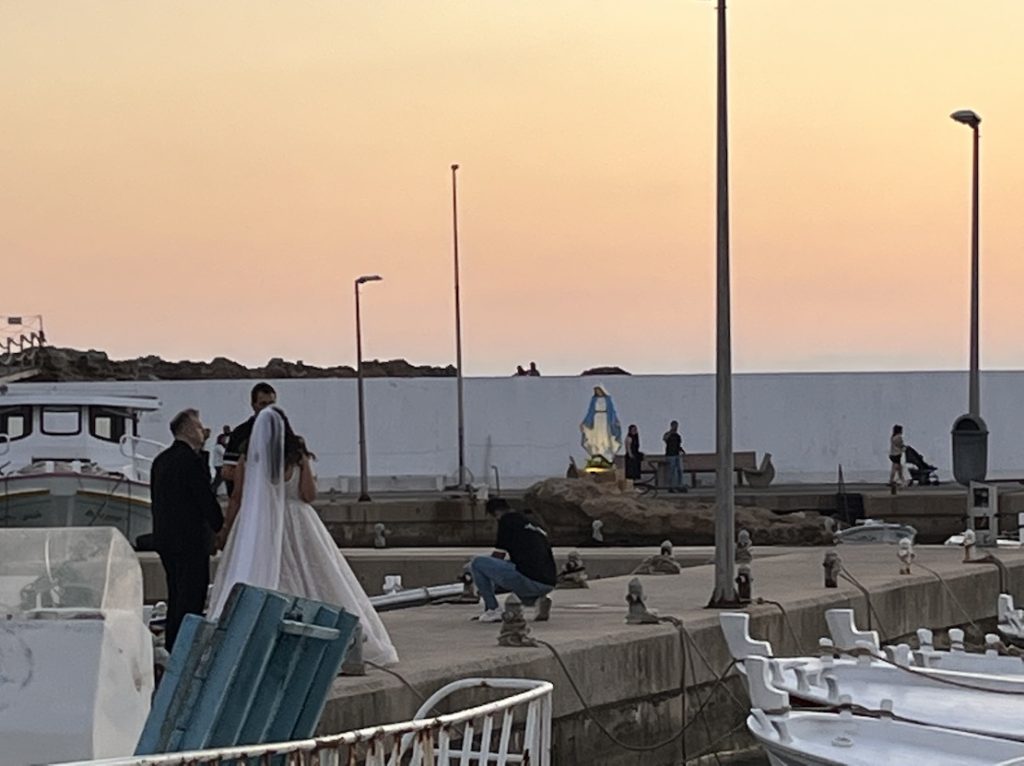
Posh streets of Batroun, are not for everybody’s budget…

Batroun is unique, it has plenty of restaurants, cafes, and high-end shops with beautiful decor and ambiance.
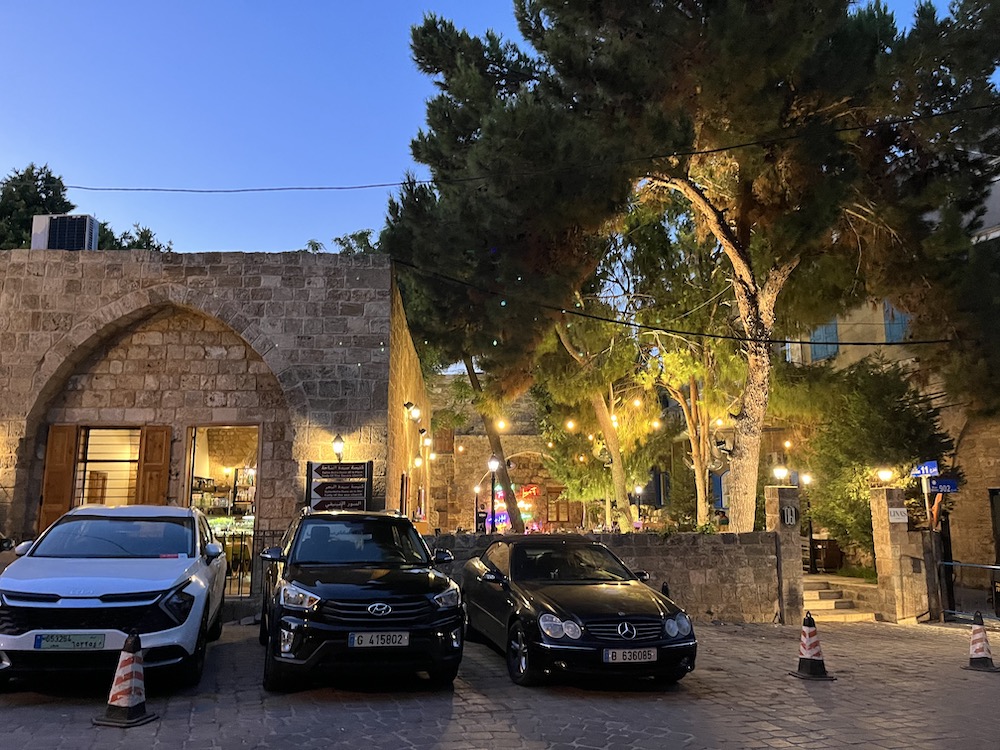
The old city marketplace, ancient old souk with its hotels, restaurants, and boutique shops. Rich!
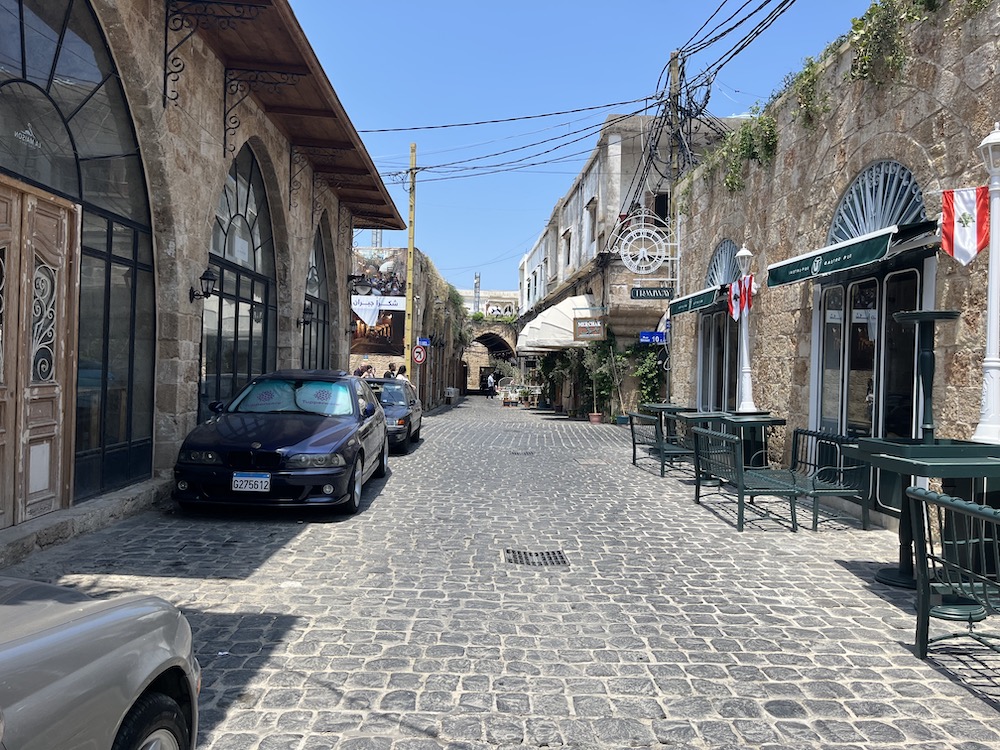
It is one of the main summer tourist spots for Lebanese living in and out of the country. There are just a few public beaches with free entrance, most charge a per-day fee.

JBEIL/BYBLOS
Jebel (I heard this name 99% of the time there – Arabic name) or Byblos is one of the oldest cities in the world. It was first occupied by humans in 8800 BC and it has been continuously occupied by inhabitants since 5000 BC! It is a UNESCO WORLD HERITAGE SITE (places of amazing cultural and natural value recognized by UNESCO).

The Greeks called the city Byblos because of the important trade of papyrus through its port.

It is most famous for its ruins, castles, beaches, and was the site of an important port that traded papyrus.

This town has been home to an ancient Phoenician port way before the Greeks.

BAALBEK
Baalbek is a city located Northeast of Beirut, and it is a World Unesco Heritage Site (a major World landmark).
It is definitely one of the most famous places and sanctuaries of Roman civilization. However, construction in the place dates back to the Phoenicians.

It is the place of two major Roman Temples; the Temple of Bacchus and the Temple of Jupiter.

The temple of Jupiter was massive! It was built on a podium and it is the largest temple in the whole complex. The temple was built to honor Jupiter and for oracular activities…wow!!!!

Bacchus (also Dyonisius) was the Roman god of wine, fertility, agriculture, festivity, myth, etc. It was called Bacchus by the Ancient Greeks and later the Romans took the name. Romans kept the Greek style of “celebrations.”

Besides its magnificence, the place has plenty of mysteries such as how those major stones were moved…
TRIPOLI
Oh, what an amazing place! I am sure it is not for everyone but it is so incredibly unique. As a culture nut, I was in awe!! It is the largest city in Northern Lebanon and very different from Beirut.

This city is VERY underrated when you ask folks about Tripoli they don’t seem very excited about it but I LOVED IT! yep the underdog here…

The city fell back since efforts for its reconstruction after periods of war have not been many. It is said that almost 60% of people in the city live in poverty,

If you like strong good coffee, Lebanon and these awesome coffee trucks are the place to go! The rakweh are those long pot coffee pots from which hot coffee is poured into a small cup.

There are ancient souqs and Kahns in Tripoli. The Souk Al Zahab or jewelry district has been in operation for centuries. The Romans established the market hundreds of years ago.
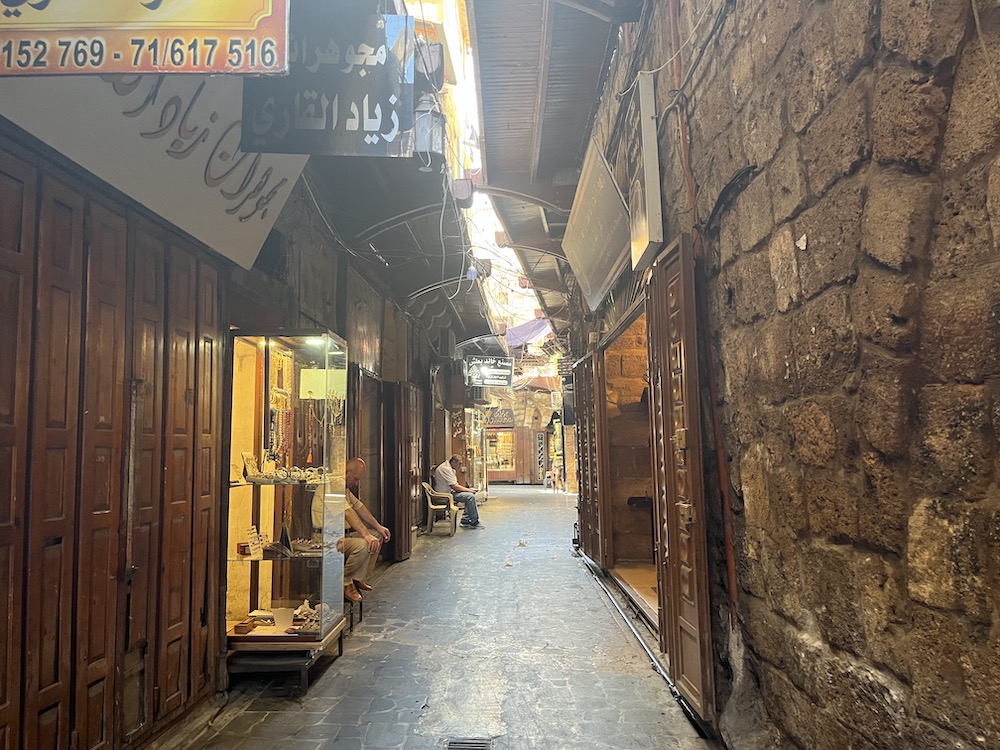
Khan Al-Khayyatin The ancient Khan Al-Khayyating souk, built in the 14th century is also known as the tailor’s market.

¸~”ˆ˜¨ 𝕱𝖔𝖔𝖉 𝕰𝖝𝖕𝖊𝖗𝖎𝖊𝖓𝖈𝖊 𝖎𝖓 𝕿𝖗𝖎𝖕𝖔𝖑𝖎 ¨˜ˆ”~¸
Street Kaak with Akkawi cheese
I discovered these “grill cheese style” sandwiches by chance. I did not understand a word of what they said but delicious street food.
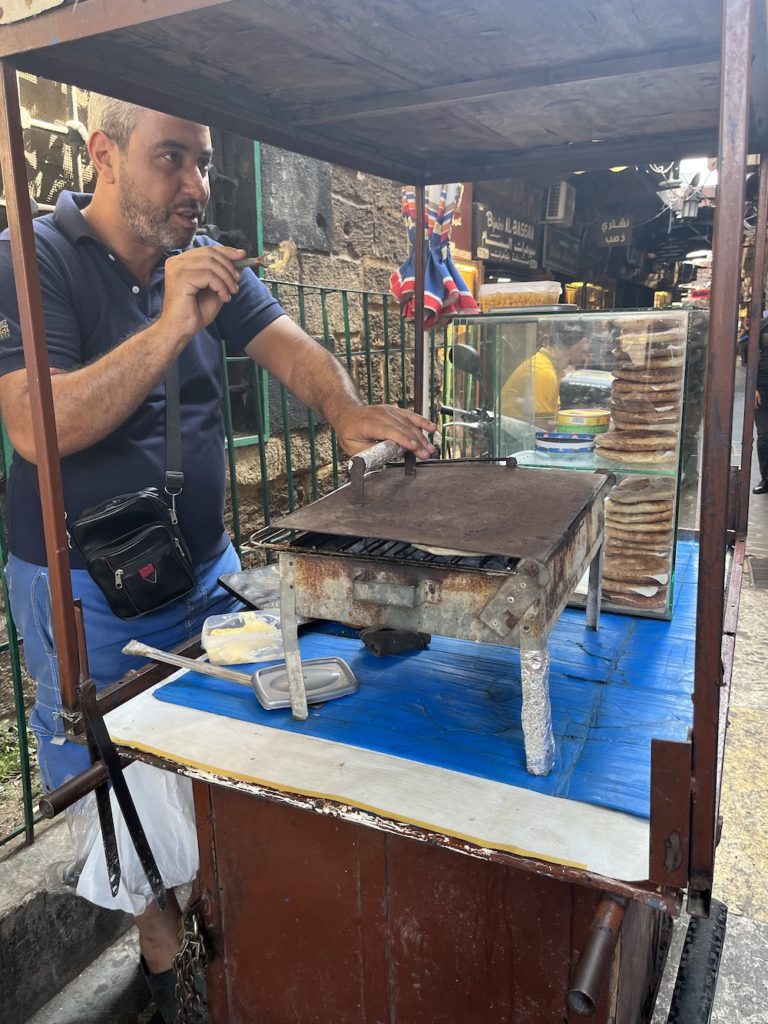
Restaurant

DELICIOUS FOOD!!!

Tripoli is the place of a fascinating Citadel, a fortress from the times of the Crusades right on a hilltop. The Crusades were religious wars between Muslims and Christians that were initiated by Christians in Western Europe. It is the largest crusaders fort in Lebanon.

The citadel and Castle date back to the 1100s. It was enlarged where there was a castle by Raymond Saint-Gilles and it was a such strategic place where Frankis, Mamluks and Ottomans left trace in the place.
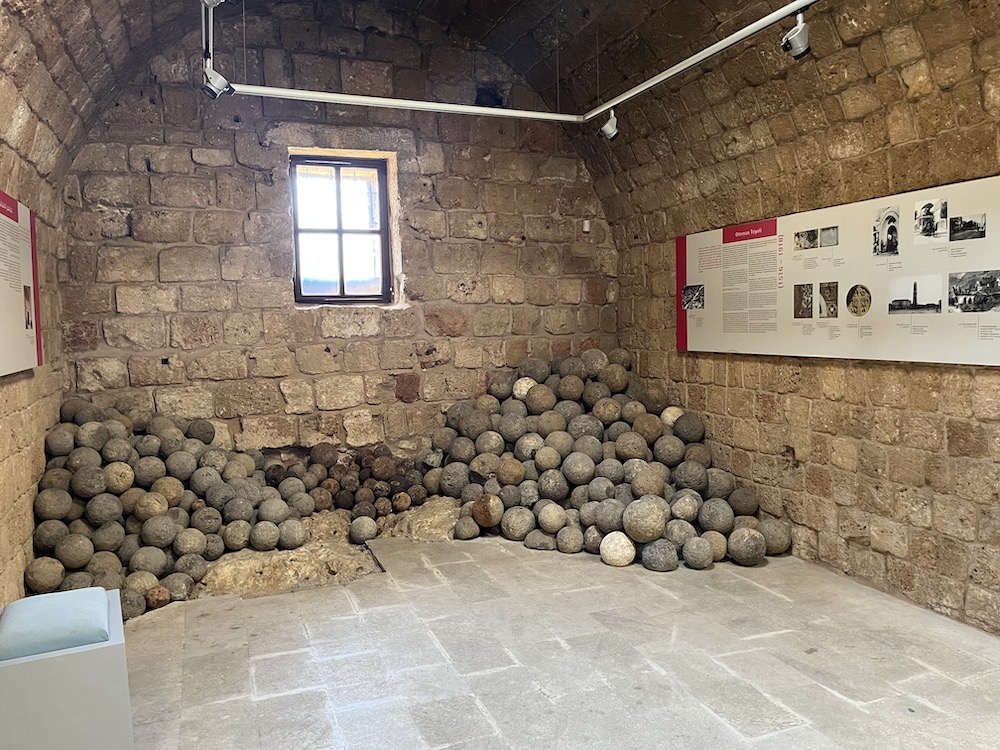
It is incredible to think the Crusaders got to the place and were able to be there for over 200 years~

